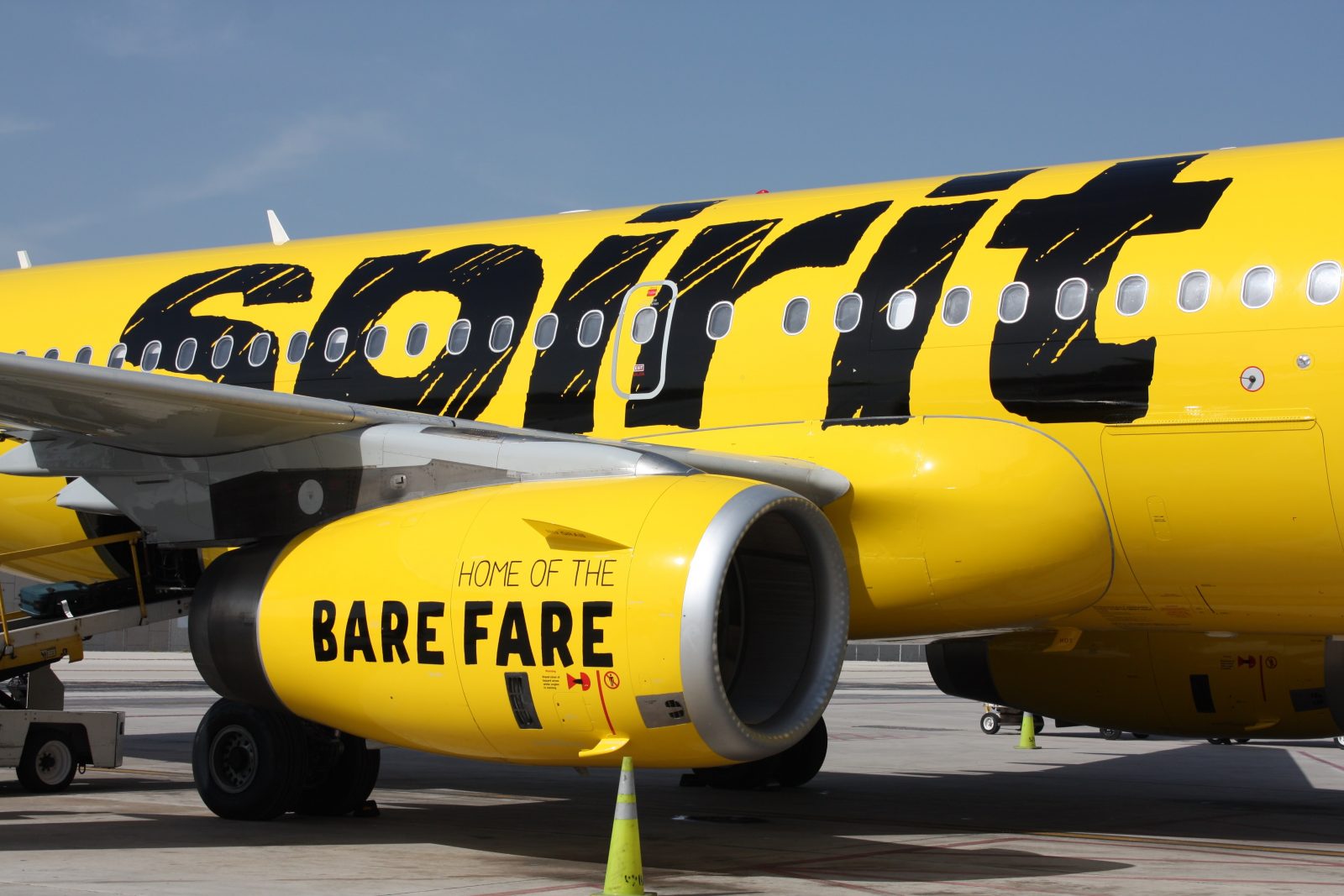
The Aviation Herald has revealed troubling details of an investigation it carried out into the mysterious death of a Spirit Airlines captain just 50-days after the 53-year old aviator was exposed to an onboard fume event. The report is likely to once again raise serious questions about the potential impact of “toxic” cabin air and what the industry is doing to protect flight crew, cabin attendants and passengers.
On 17th July 2015, the Captain and First Officer of Spirit Airlines flight NK708 became confused and disoriented and were forced to don their oxygen masks after smelling fumes in the flight deck. In a letter to his pilot’s association, the First Officer later claimed that they could have “killed every person on the aircraft” if they hadn’t put their oxygen masks on in time.
In itself, that’s severe enough to warrant serious attention but what happened next raises more concern about the effects that toxic cabin air can have on otherwise healthy crew members. According to records held by the Federal Aviation Committee, the Captain “enjoyed impeccable health” yet just 50-days after the July ’15 fume event, the Captain died in tragic circumstances.
“Until the fume event, the captain had always been reliable, trustworthy, friendly and skilled throughout his career of more than 30 years. His health had been impeccable. His reputation over all the years was impeccable, colleagues were generally talking well about him,” The Aviation Herald reports.
But after returning to work, “colleagues noticed that the captain became increasingly dithering and unreliable.” He apparently lost eye contact and hand coordination, and on one occasion, he is said to have parked an aircraft in such a way that the next flight crew feared the Captain was intoxicated.
Nearly two months after the fume event, the Captain collapsed and died just as he was about to be handcuffed by police after officers received reports that he had attempted to kidnap a woman in the street. A subsequent report from the coroner’s office suggested the Captain may have died from a little-known condition called “excited delirium” or ABD. The coroner also raised the possibility that “recent exposure to organophosphates caused or contributed to death.”
Organophosphates are found in synthetic lubricants used in turbine engines and could enter an aircraft cabin through ‘bleed air’. That bleed air is used to provide air and pressurisation to an aircraft cabin and is supposed to be “fresh, clean, air taken from the compressor section of the engine before it is mixed with fuel or exhaust gasses.” Unfortunately, things sometimes go wrong and there’s mounting evidence that toxic fumes could become mixed with what is meant to be clean bleed air.
The smell is often acrid but rather than smelling like what you might imagine, the tell-tale odour is often described as being like dirty socks, sometimes like a musty smell or mouldy and old cheese.
According to the Canadian Union of Public Employees, there’s “significant evidence showing exposure to chemicals through the bleed air is a hazard.”
Immediate symptoms may include:
- A cough or tingling throat
- Burning or irritated eyes
- Difficulty breathing
- Tightness in the chest
- Headaches and dizziness
More worryingly, longer-term effects can include lifelong damage to the respiratory and central nervous systems, impaired memory and cognitive function, as well as a weakened immune system, cardiovascular disorders and even certain types of cancer.
In recent years, the term ‘Aerotoxic Syndrome’ has been used to describe the signs and symptoms of the ill effects that accompany a fume event. The aviation industry, however, rarely acknowledge that a problem exists – in many cases, airlines call these incidents ‘odour events’ despite calls for more investigation.
As it stands, little seems to have been done by aviation regulators. There have been multiple reports of toxic fume events over the last few months and some flight attendant unions are issuing urgent guidelines to protect their members – in some cases, cabin crew are even donning their own smokehoods to protect themselves.
Have you experienced a fume event? Report the incident to your airline immediately and get in contact with your union or workplace representative at the earliest opportunity.
The full Aviation Herald investigation can be read here.
Related
Mateusz Maszczynski honed his skills as an international flight attendant at the most prominent airline in the Middle East and has been flying ever since... most recently for a well known European airline. Matt is passionate about the aviation industry and has become an expert in passenger experience and human-centric stories. Always keeping an ear close to the ground, Matt's industry insights, analysis and news coverage is frequently relied upon by some of the biggest names in journalism.







